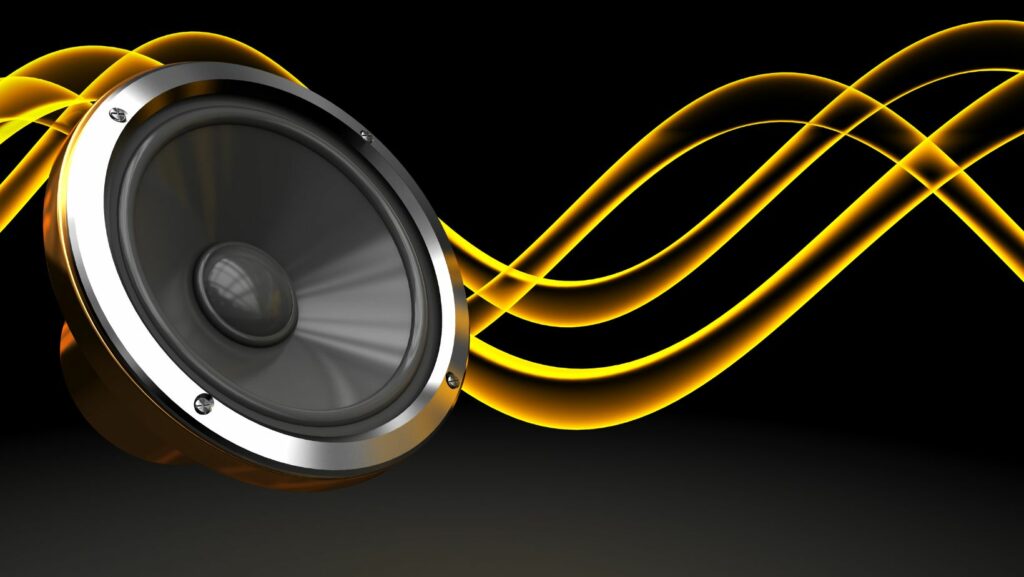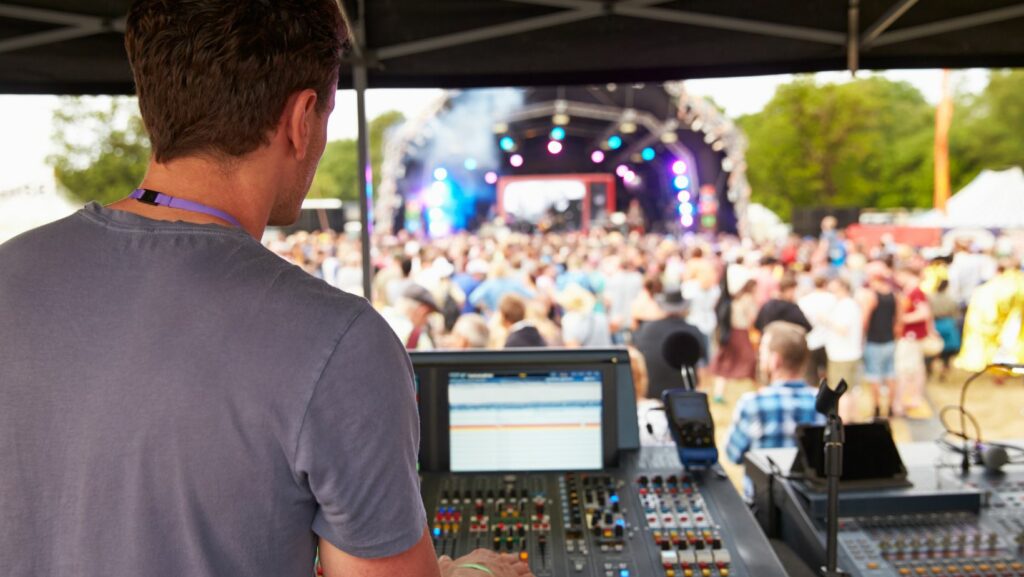From the rhythmic beats of ancient drums to the digital symphonies of today, the evolution of sound is a fascinating journey that mirrors human innovation and creativity. Sound has always been a powerful force, shaping cultures and societies through music, communication, and technology. As we trace its development, we uncover how sound has transformed from primal expressions to complex auditory experiences.
Exploring the evolution of sound reveals not only the history of human ingenuity but also the potential for future innovations that will continue to redefine our auditory world.
The Origins Of Sound
Understanding the origins of sound provides insight into its evolutionary journey. Nature and human creativity played significant roles in shaping sound.
Natural Soundscapes

Natural soundscapes were the first auditory experiences of living organisms. These soundscapes included the rustling of leaves, flowing water, and animal calls. In the evolution of sound, such environments influenced survival and communication mechanisms among early species. For instance, birdsong helped establish territories and attract mates. Recognizing these sounds proved crucial in predator-prey dynamics.
Early Human Sound Production
Early humans harnessed sound for communication and expression. They initially produced sounds using their voices, hands, and rudimentary tools. The creation of rhythmic patterns with stones and sticks marked a significant step in auditory expression. Over time, these sounds gave rise to complex languages and musical traditions, reflecting societal and cultural dynamics. As communities evolved, sound facilitated social cohesion and cultural identity.

Evolution Of Sound
Digital transformation has dramatically altered the evolution of sound over recent decades. Sound is now more fluid, accessible, and interactive due to technological progress in digital environments.
The Rise Of Digital Audio
Digital audio emerged as a key milestone in sound evolution. The introduction of the Compact Disc (CD) in the 1980s marked a turning point, offering superior sound clarity and durability compared to analog formats like vinyl. This shift led to mass adoption, as consumers embraced higher-quality audio. The evolution continued with the development of MP3, a digital compression format that minimized file size while maintaining sound quality, enabling easy sharing and storage. MP3 players, such as Apple’s iPod, further revolutionized personal music consumption, allowing users to carry entire music libraries in their pockets. Digital audio democratized music production and distribution, as artists gained access to affordable recording tools and platforms, fostering diversity and creativity in the music industry.
Impact Of The Internet On Sound Distribution

The internet radically changed sound distribution, accelerating the evolution of sound dissemination. Streaming services, including Spotify and Apple Music, allow users to access vast music catalogs instantaneously. These platforms leverage digital distribution, bypassing traditional physical media limitations, and connect artists with global audiences. Independent musicians benefit from this reach, expanding their listener base without major label support. Furthermore, podcasts have emerged as a popular medium, diversifying sound content beyond music. Enhanced by internet accessibility, digital distribution shifted the industry’s dynamics, emphasizing consumer preferences, data-driven insights, and personalized recommendations. As a result, sound evolution continues to thrive in the digital landscape, reshaping auditory experiences worldwide.
The Future Of Sound
The future of sound promises to be as transformative as its past, with emerging technologies and evolving predictions altering how sound is experienced and created. Innovative developments continue to shape the sound landscape, ensuring its evolution remains dynamic and interconnected.
Emerging technologies play a critical role in the evolution of sound, introducing new dimensions to auditory experiences. Spatial audio and virtual reality (VR) are at the forefront, offering immersive soundscapes that redefine how individuals perceive sound.
Sound’s evolution from natural soundscapes to digital innovation has profoundly impacted human culture and communication. Technological advancements have not only preserved and diversified sound but also made it more accessible and interactive. As emerging technologies like spatial audio and AI continue to develop, they promise to redefine auditory experiences, blending digital and physical realms. The future of sound holds exciting possibilities, ensuring that it remains a vital and evolving aspect of human life.



